Fact Of The Post
A block of lead on Venus would melt like a block of ice on earth.
Our solar system consists of the sun and everything that orbits that sun, like the eight (once nine) planets we all know from elementary school. But the main planets, as diverse and fascinating as they are, are just the beginning. Earth's neighbors in space include comets, asteroids, dwarf planets, mysterious moons, and a host of strange phenomena that are so out-of-this-world they elude explanation.
Scientists have discovered ice-spewing volcanoes on Pluto, while Mars is home to a truly "grand" canyon the size of the United States. There may even be a giant, undiscovered planet lurking somewhere beyond Neptune.
Here, we are going to read the top strangest facts about the solar system.
Facts About Our Solar System
💪💪💪Let's Start Reading These Facts😤😤😤
1. The Sun is 93 million miles from the Earth.
That’s the same as taking 1000 trips to Australia! Even though it’s so far away the light from the Sun only takes 8 minutes to travel to the Earth.
2. A block of lead on Venus would melt like a block of ice on earth.
The surface temperature on the second planet from the sun is around 900°F. Even spacecraft that get sent to Venus isn’t able to withstand the environment for long. The Soviet Union’s Venera 13 craft, for example, landed on Venus in 1982 and lasted about two hours. Before its demise, though, Venera was able to send back the first color pictures of the planet and analyze some of its soil.
3. Space junk can move at more than 17,500 mph.
That means that even something as small as a chip of paint can do damage to operational spacecraft—sometimes, the International Space Station has to maneuver to get out of the way of space junk.
4. There are 181 moons in The Solar System.
Scientists are always discovering more moons in The Solar System and arguing over whether Saturn or Jupiter has more moons. Currently, Jupiter and Saturn both have 53 confirmed moons but they also both have more than 30 moons NASA hasn’t confirmed.
There are also 552,894 asteroids and 3,083 comets in The Solar System!
5. Rocks from space have been found all over planet Earth.
In 1996, for example, geologist Aly Barakat found one in the Sahara Desert. It was dubbed the “Hypatia stone” and its unique chemical composition has been studied extensively. Geologists have never seen anything like it, even in meteorites or on other planets.
In 2018, researchers hypothesized that the Hypatia stone is older than our solar system. It contains elements you learned about in chemistry class, like nickel, phosphorus, carbon, iron, aluminum, and silicon. But they're part of compounds that are unique or appear together in odd ways.
As one of the authors of that research explained to Popular Mechanics, "We think that many compounds (polyaromatic hydrocarbons, silicon carbide, nickel phosphide compound, native metal inclusions) are presolar. The assembly probably occurred in the early solar nebula."
6. One object in our solar system orbits the Sun backward.
In 2008, astronomers discovered an object that orbits the sun at about a 104-degree tilt. Technically, this means that the 30-mile-wide object is orbiting backward. The team that found it gave it the name Drac, based on the myth that Dracula could walk up walls.
7. Two of Saturn's moons have water.
Saturn's moon Enceladus has an entire ocean made up of salt water. In 2018, researchers found complex organic molecules on Enceladus, which is a sign that it potentially could contain life—or not. That’s why there are proposals to send a mission there to find out.
Saturn has a second moon with water: Titan, which also has carbon-containing chemicals, another promising sign for life. Any place that has both water and carbon-containing chemicals is tantalizing to researchers looking for life in other places out in space.
8. Our solar system is a group of celestial bodies in the Milky Way galaxy.
At its center is a 4.5 billion-year-old star, a.k.a. our sun, that is orbited by eight planets, over 150 moons, and millions of meteoroids, comets, and asteroids, plus a few dwarf planets. This sounds impressive, but it’s just one of tens of billions of solar systems that scientists estimate can be found within the Milky Way.
9. Jupiter's red spot changes in size.
Even Jupiter’s red spot is larger than Earth—sometimes. The red spot is a storm containing winds up to 400 mph that heats the atmosphere above it to 2400°F, and its size isn’t constant.
10. Mercury is still shrinking.
Like Earth, Mercury experiences tectonic activity. Pictures taken of the planet have indicated that the surface is changing. The planet has a solid inner core that’s surrounded by a liquid metal outer core, which is in the process of cooling. Every rocky planet is still cooling from when it initially emerged. And as the liquid parts of Mercury’s core become solid, there’s contraction, leading to land shifting and a smaller planet overall.
11. The tallest volcano we know of is on Mars, even bigger than the entire state of Hawaii.
Olympus Mons is estimated to be 16 miles tall, meaning it’s basically three Mount Everests. It probably formed around 350 million years ago, but it last erupted as recently as 2 million years ago.
Solar System Questions And Answers 😲😲😵
What planet rains diamonds?
Deep within Neptune and Uranus, it rains diamonds—or so astronomers and physicists have suspected for nearly 40 years. The outer planets of our Solar System are hard to study, however. Only a single space mission, Voyager 2, has flown by to reveal some of their secrets, so diamond rain has remained only a hypothesis.
How old is the solar system?
Our solar system formed about 4.5 billion years ago from a dense cloud of interstellar gas and dust. The cloud collapsed, possibly due to the shockwave of a nearby exploding star, called a supernova. When this dust cloud collapsed, it formed a solar nebula – a spinning, swirling disk of material.
What planet has the most gold?
Well, at current market prices, 16 Psyche contain enough gold and other precious metals to be worth roughly $700 quintillion, which is enough to give every single human being on this planet a private fortune of nearly a hundred billion bucks.
What is the hottest planet?
Venus
Because of this, Venus is the hottest planet in the solar system. The surface of Venus is approximately 465°C!
Which is the Pink planet?
Named GJ 504b, the planet is made of pink gas. It's similar to Jupiter, a giant gas planet in our own solar system. But GJ 504b is four times more massive. At 460°F, it's the temperature of a hot oven, and it's the planet's intense heat that causes it to glow.
😁😁😁Thanks For Coming😇😇😇
Sources:

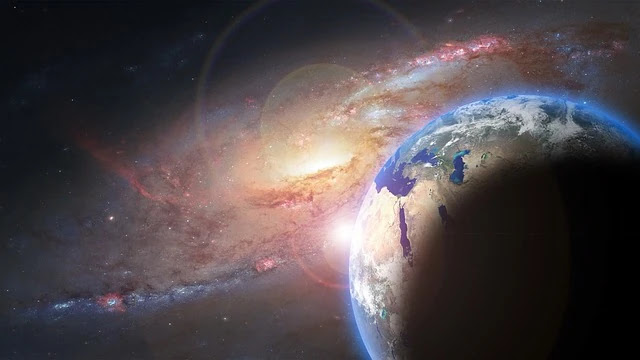
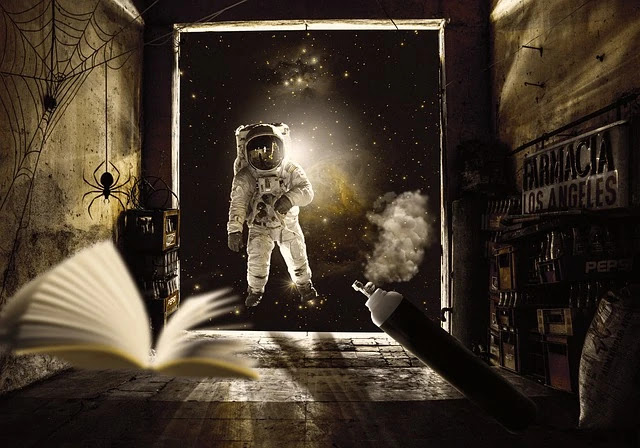
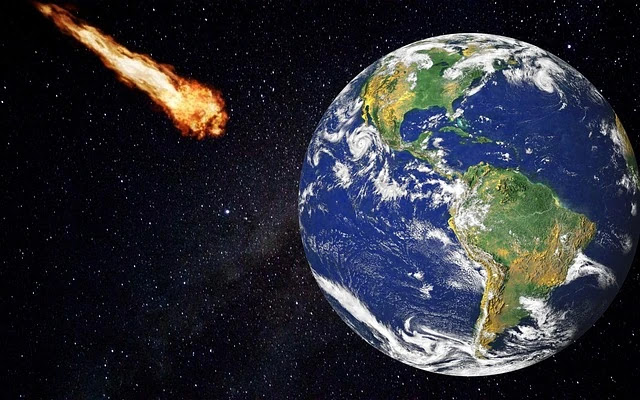
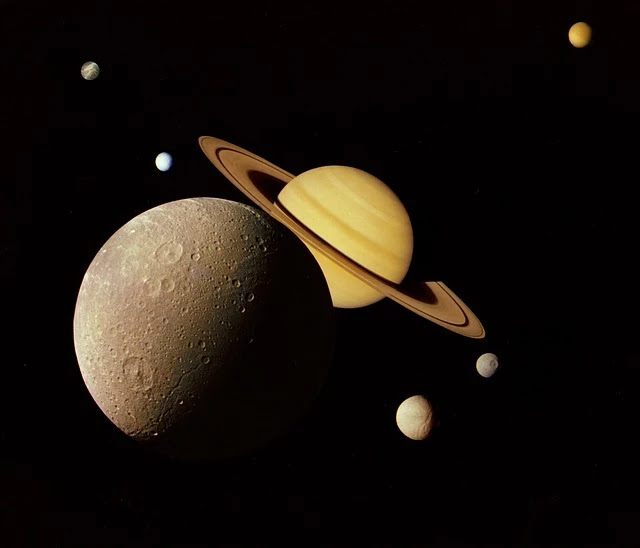
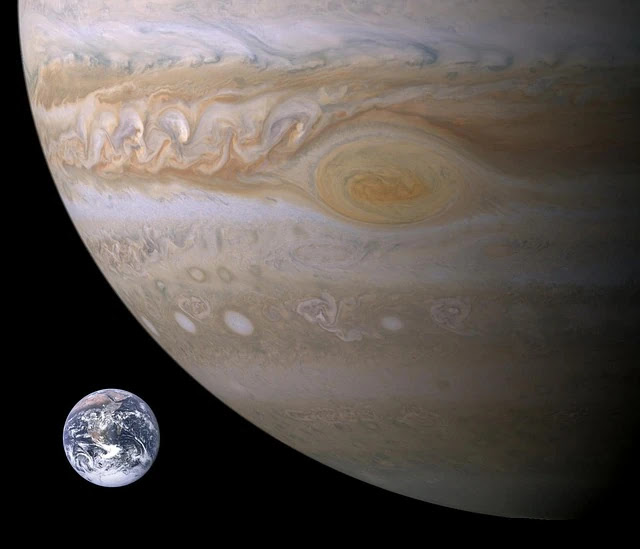
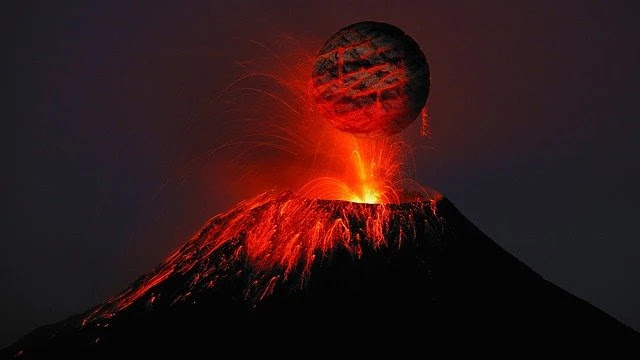
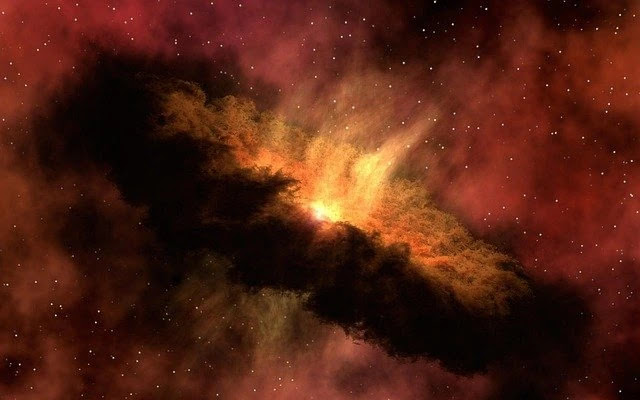
Comments
Post a Comment